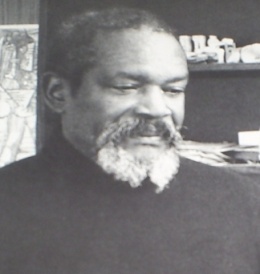Cuban Sculptor Agustín Cardenas at Havana’s Wifredo Lam Center
Yanelys Nuñez Leyva

HAVANA TIMES — We had to enter the exhibition space in small groups of people, for the gallery is a bit small and the sculptures were placed dangerously close to one another.
Cuban artist Agustin Cardenas’ Las formas del silencio (“The Forms of Silence”) reached us in the midst of the enthusiasm with which we squeezed into the gallery space at the Wifredo Lam Contemporary Art Center, reached for a catalogue and, in some cases, scrambled to get our hands on a courtesy cocktail.
One could still hear the bustle prompted the previous day by an exhibition by Tomas Sanchez (1948), a Cuban artist who, after many years without holding a personal exhibition in the country, presented the Cuban public (familiar with his impressive landscapes) a series of large-format photographs titled Notas al paso (“Travel Notes”).

Cardenas’ works – 24 sculptures authored between 1957 and 1989 and 8 drawings (most of them produced in the 80s) – sought to put visitors in contact with different moments of the sculptor’s artistic development, moments, according to expert Maria de los Angeles Pereira, “about which we know very little.”
The exhibition will be on display at the Wilfredo Lam Center for the rest of this week until May 10th.
In 1955, after graduating from Cuba’s San Alejandro Fine Arts Academy and joining the Los Once (“The Eleven”) arts collective, Cardenas traveled to Paris, where he discovered and embraced surrealism, with the support of Andre Breton himself.
In this exhibition, we come upon not only “a mastery of the trade, acquired in Havana,” but also evidence of an internal and external discovery, in which the potential of the material – be it wood, bronze or marble – allows the artist to render the sinuosity of a living, dynamic and expressive being.
We need more of these kinds of artistic exhibitions, not only because sculpture tends to be one of the public’s preferred media, but also because the information they afford us enrich our knowledge of Cuban and universal art.





